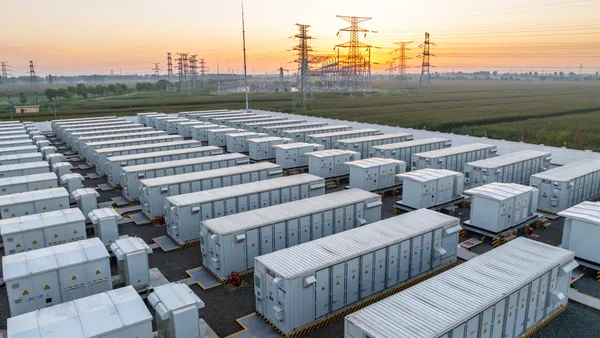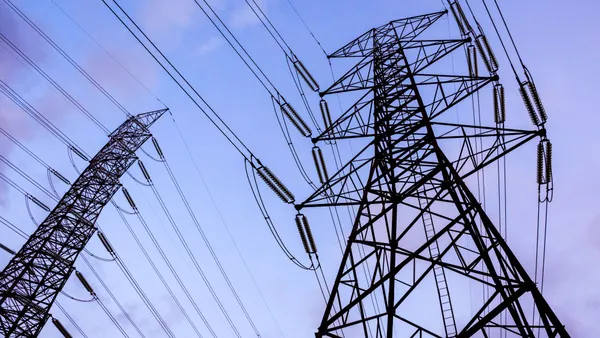Dive Brief:
- Large-scale battery energy storage project owners need to focus on long-term contracts and guaranteed revenue streams as they navigate financing strategies for their projects, a new report from Guidehouse Insights concludes.
- The report — which analyzes the kinds of construction and monetization contracts available for battery storage projects as well as the financing risks they bring along with them — noted that stable financing options and government incentives will play a significant role in advancing energy storage projects around the world.
- “Developers and owners must understand different deal structures and their associated risks to select appropriate project development and revenue contracts for their battery projects,” Ernest Rozbicki, a research analyst with Guidehouse Insights, said in a statement.
Dive Insight:
The U.S. energy storage sector saw tremendous growth in 2023, deploying a record 7,322 MWh in the third quarter, according to the American Clean Power Association and Wood Mackenzie’s latest U.S. Energy Storage Monitor report.
Two of the largest markets for energy storage in the U.S. have been California and Texas. In the former, growth is generally driven by strong state policies, such as reliability mandates. The latter’s market, meanwhile, offers high revenue returns to batteries that are dispatched efficiently.
Utilities across the U.S. are turning to lithium-ion batteries to build large-scale systems that can shore up their power grid, while industrial customers are using commercial and industrial energy storage facilities to lower electricity costs, ensure power supply, and even participate in wholesale energy markets, the Guidehouse Insights report noted.
According to the report, most utility-scale battery storage systems use third-party debt financing.
“Thus, project owners must understand the various financing models and deal structures in the [utility-scale energy storage] and [commercial and industrial] segments to secure revenue and build a successful energy storage project,” it said.
The report analyzes the major use cases for battery energy storage systems, the kinds of project development and off-taker contracts that owners and developers of projects sign, as well as revenue contracts and deal structures for the utility-scale and commercial and industrial segments. It also takes a closer look at the financing risks and broader regulatory landscape for battery storage systems globally.
In general, utility-scale and C&I projects can provide capacity and ancillary services to utilities and wholesale markets, the report noted. Battery system owners tend to go for third-party debt financing for these projects, with deals spanning $200,000 to $250 million.
The report’s authors concluded that large-scale project owners should focus on long-term contracts and guaranteed streams of revenue. Developers, meanwhile, can look to reduce ambiguity and subjectivity in their contracts, to help reduce construction risks. And equipment manufacturers can limit technology and operating risks by turning to insurance warranties.
Developers for battery storage projects and solar ones face a variety of risks, including logistics and supply chain related, said Brian Nese, partner at Stoel Rives. Product manufacturers are also trying to offload risk to developers, for instance by modifying contract terms to implement a variable price for logistics, rather than a fixed one.
In addition, revenue streams for battery storage projects could vary depending on the market and state the project is located in, Nese said. They could include ancillary services markets, demand response programs or utility offtake agreements, for example.
There are “merchant markets in Texas, where project developers will deploy the asset into the market at opportune times,” a strategy that can be especially lucrative in the summers, he added.















